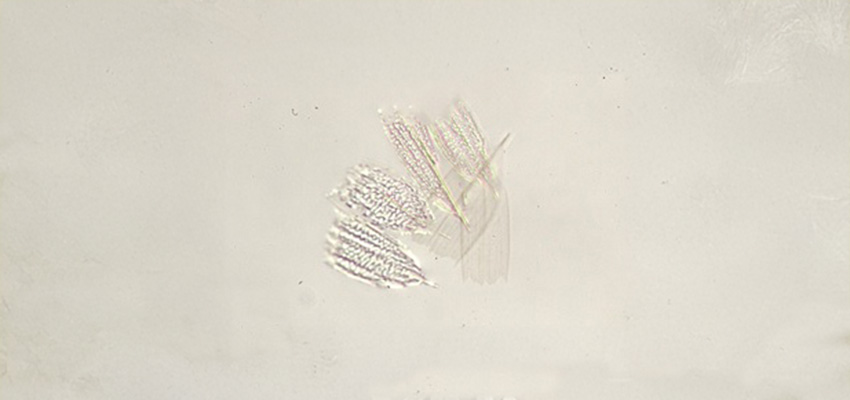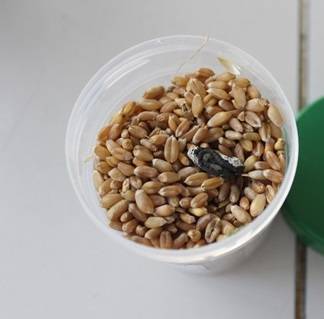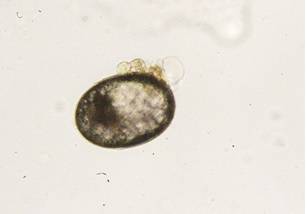Impurities such as insects, rat hair, plastic fragments, synthetic or mineral impurities, sand or soil are considered hygienic indicators of the entire food production process.
Food hygiene in the EU is regulated by the hygiene package, which consists of EC Regulations 852/2004 (food hygiene - revision and consolidation of food and feed hygiene legislation), 853/2004 (specific hygiene requirements for food of animal origin), 854/2004 (official control requirements) and 882/2004 (official control requirements relating to animal welfare, food and feed). These Regulations entered into force in all Member States on 1 January 2006 and cover all stages of production, processing, distribution and placing on the market of food for human consumption. Since then, Regulations 854/2004 and 882/2004 have been replaced by , while EC Regulation 852/2004 has been updated by .
In addition, Italian legislation at national level, with "Law 283/1962", addressed the control and prevention of food-borne diseases by imposing obligations on food companies to ensure consumer safety: "It is prohibited to use, sell, hold for sale, administer for consideration and distribute for consumption food that is adulterated and infested with pests, which is a violation".
The tolerance limit for adulteration of food "consisting in whole or in part of an unclean, putrid or decayed substance, or if it is otherwise unfit for consumption..." (as defined by the Federal Food, Drug and Cosmetic Act of 1938 as amended, administered and enforced by the U.S. Food and Drug Administration (FDA)), can be found on the following .
These values are also generally accepted at European level.
The light filth test can detect the presence of insects, mouse hair and man-made materials such as plastics and synthetic fibres. Contamination from packaging or plastic fragments is common and several matrices (coarse salt, fish products and packaged goods) are subject to it. The heavy filth test can detect mineral and metallic particles that may result from manufacturing and packaging processes.
AGROLAB Alimentalia's food and feed microscopy laboratory is accredited for several methods (AOAC and DM).
In addition, the laboratory has recently developed and accredited an in-house method that covers most kind of food samples and includes a macroscopic step to analyse the raw sample that shows signs of dirt or insect activity. The results can also be documented photographically.
The extraction efficiency of the filth test method, combined with the expertise of qualified technicians, ensures reliable results..
YOUR PLUS: AGROLAB Alimentalia performs filth tests on raw materials, food and feed products, using validated and accredited methods.
Author: Dr.ssa Asma Zeiri, AGROLAB Alimentalia S.r.l.
Photo: ©AGROLAB Alimentalia

 Contact
Contact








 Contact
Contact Career
Career